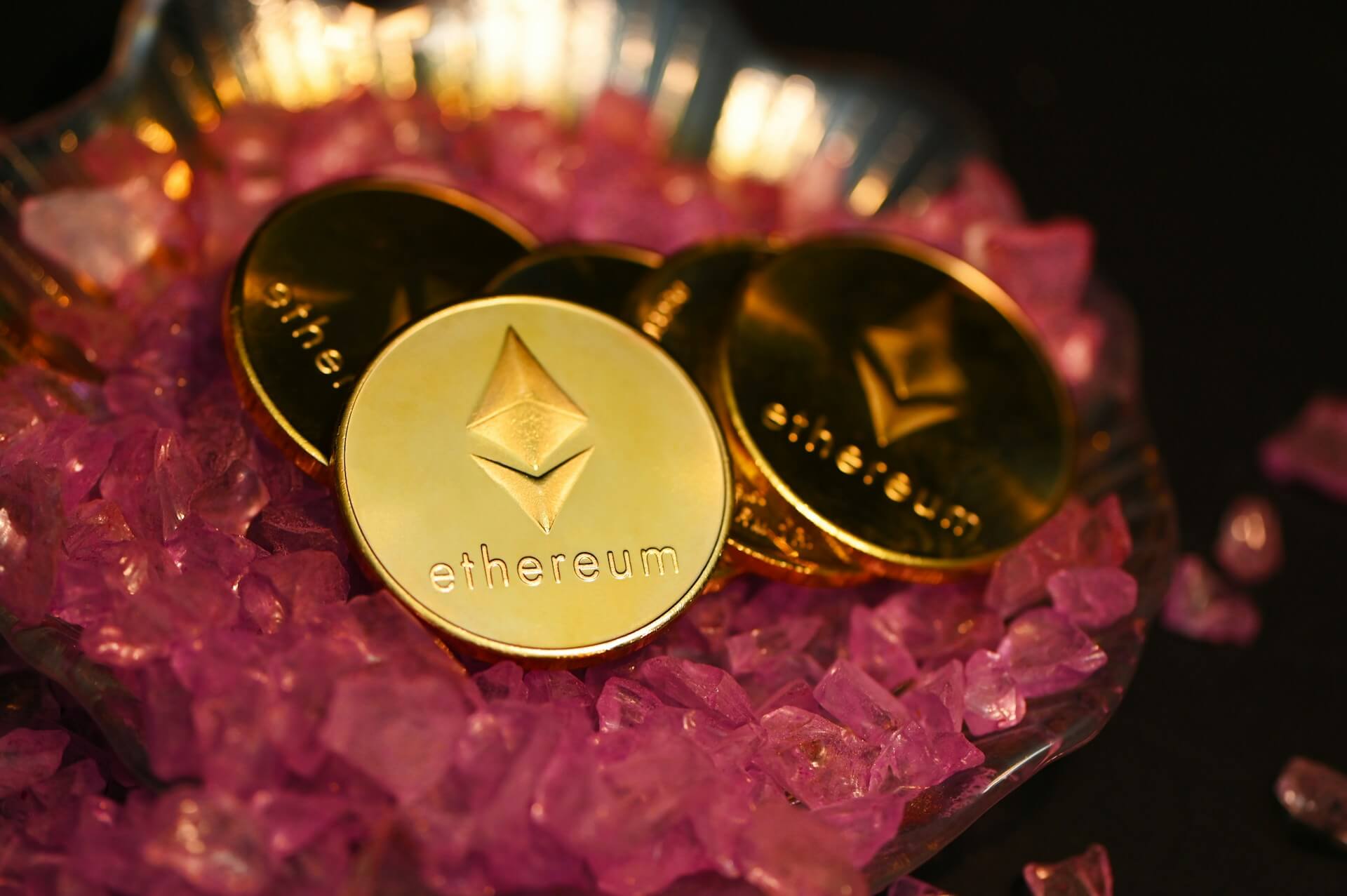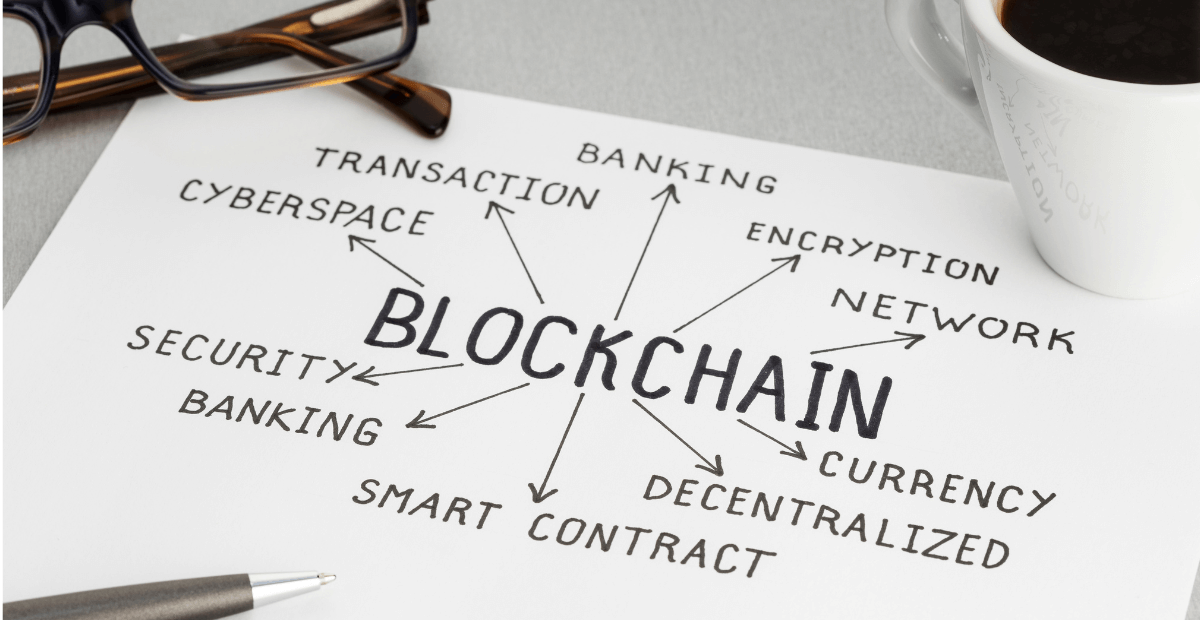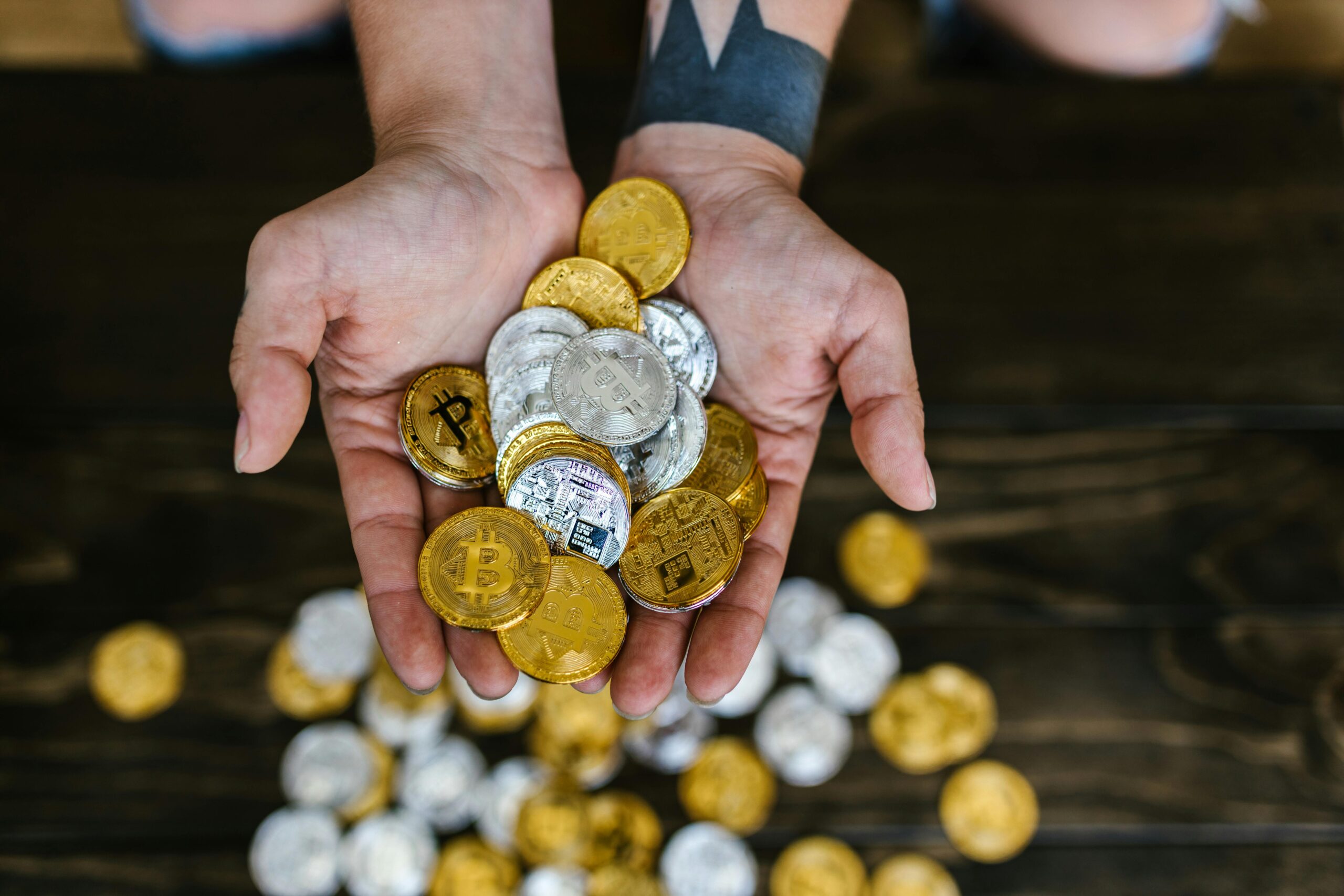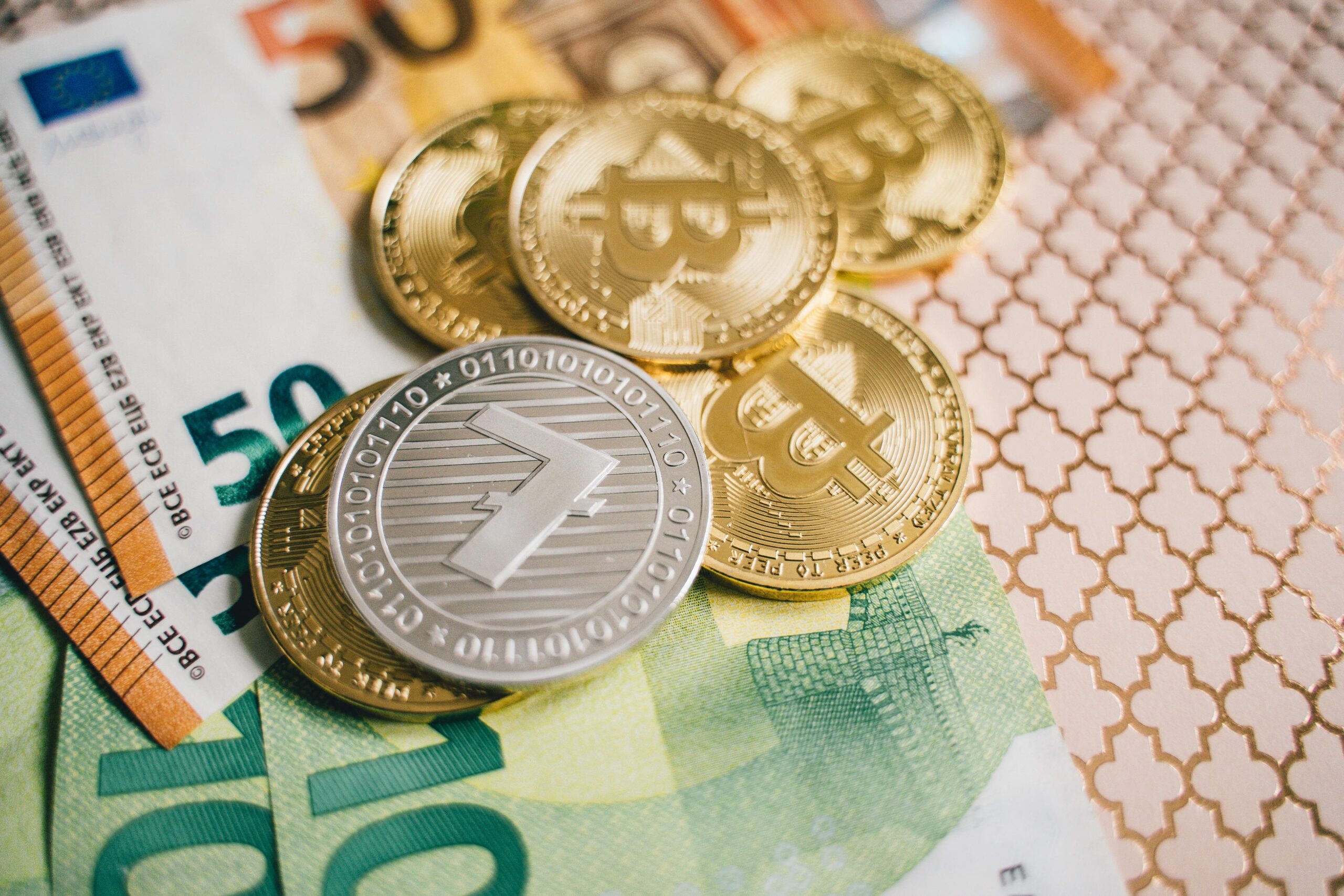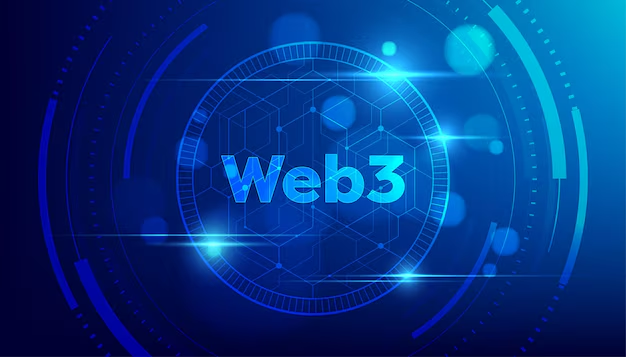In the world of cryptocurrency, Bitcoin has long held the spotlight as the leading digital asset, known for its vast market influence and status as the "king of crypto." However, the altcoin market has been gaining momentum, creating a surge in interest and investment. Over the past few years, altcoins—cryptocurrencies other than Bitcoin—have experienced explosive …
The Rise of Altcoins: What’s Fueling the Latest Market Shifts?
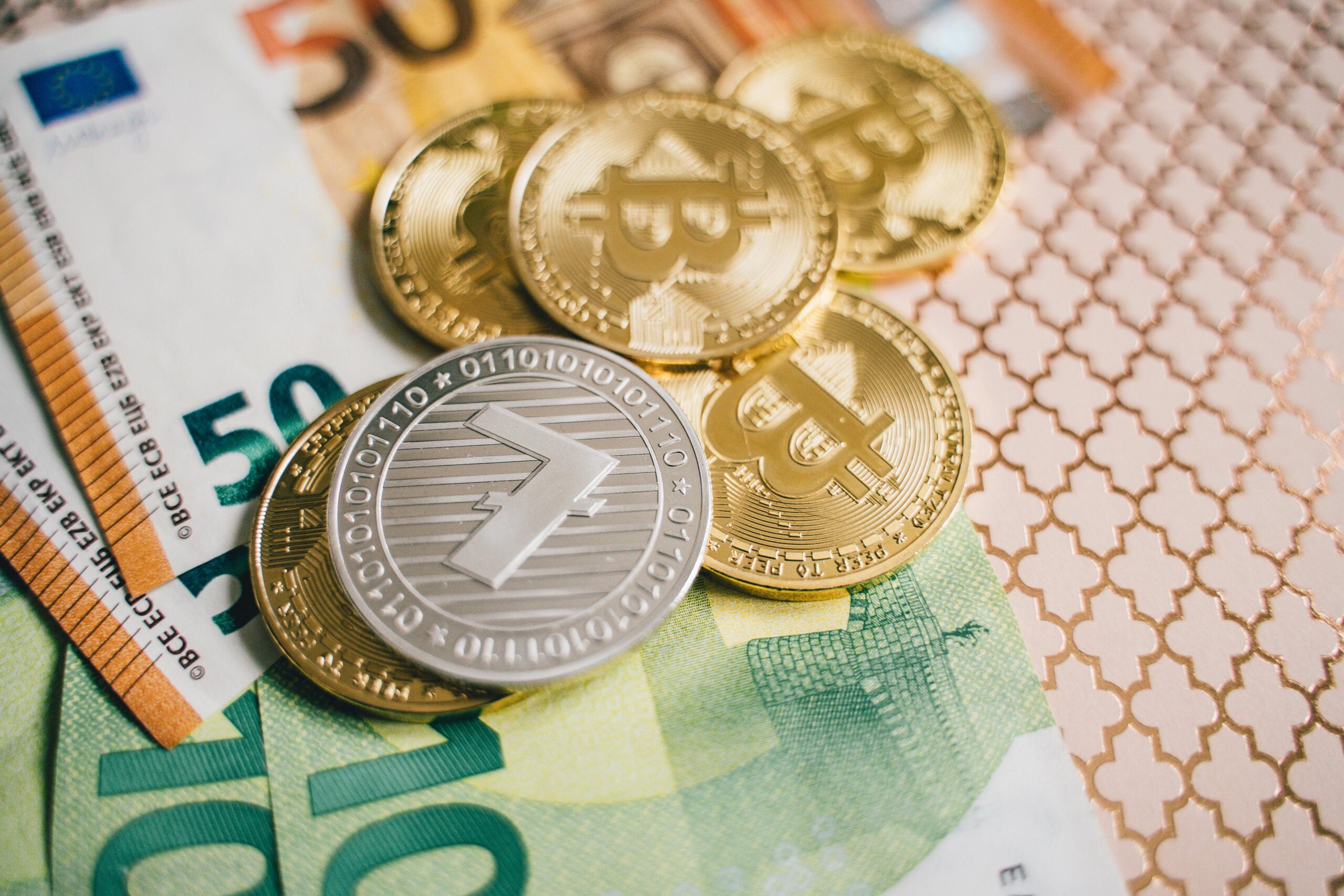
In the world of cryptocurrency, Bitcoin has long held the spotlight as the leading digital asset, known for its vast market influence and status as the “king of crypto.” However, the altcoin market has been gaining momentum, creating a surge in interest and investment. Over the past few years, altcoins—cryptocurrencies other than Bitcoin—have experienced explosive growth, reshaping the landscape of digital finance. But what exactly is driving these market shifts? Let’s dive deep into the factors propelling the rise of altcoins and what it means for investors and the future of blockchain technology.
Understanding the Altcoin Market: A New Era of Diversity
While Bitcoin remains a cornerstone of the crypto world, the rise of altcoins has introduced a new era of diversity, innovation, and opportunity. Altcoins encompass a wide range of digital assets, including Ethereum, Binance Coin, Solana, Cardano, and countless others. Each altcoin comes with unique features and use cases, from decentralized finance (DeFi) platforms and non-fungible tokens (NFTs) to privacy-focused networks and scalability solutions.
As Bitcoin’s dominance has fluctuated over the years, altcoins have positioned themselves to address the limitations of Bitcoin, offering different approaches to scaling, transaction speed, security, and more. The result is a broadening of the cryptocurrency market, attracting new investors and creating new opportunities for decentralized finance (DeFi) and blockchain applications.
The Role of Ethereum and Smart Contracts in the Altcoin Boom
Ethereum, often dubbed the “king of altcoins,” is a perfect example of how innovation within the altcoin space is driving significant shifts in the market. Ethereum introduced the world to smart contracts, which enabled the creation of decentralized applications (dApps) and decentralized finance (DeFi) platforms. This was a game-changer for the crypto ecosystem, offering a more expansive and flexible blockchain solution compared to Bitcoin’s limited scripting abilities.
With Ethereum’s ongoing upgrades (including Ethereum 2.0) and the rise of Layer 2 solutions to address scalability issues, the network has become a breeding ground for DeFi projects, NFTs, and tokenized assets. This has led to a growing interest in Ethereum-based altcoins like Uniswap, Chainlink, and Aave, which are disrupting traditional finance and empowering users to participate in decentralized economies.
Moreover, Ethereum’s move towards proof-of-stake (PoS) rather than proof-of-work (PoW) is pushing the conversation forward about environmental sustainability in blockchain technology, fueling further adoption of altcoins that align with these principles.
The DeFi Revolution: Decentralized Finance Takes Center Stage
Decentralized finance (DeFi) has been one of the most significant driving forces behind the rise of altcoins. In traditional finance, middlemen such as banks and brokers control access to financial services like lending, borrowing, and trading. DeFi seeks to eliminate these intermediaries, creating a permissionless, peer-to-peer financial ecosystem powered by blockchain technology.
Altcoins like Aave, Compound, and MakerDAO have emerged as central players in the DeFi space, offering decentralized lending and borrowing platforms, stablecoins, and decentralized exchanges (DEXs). As DeFi continues to evolve, it is attracting not only crypto enthusiasts but also institutional investors looking to tap into the growing demand for decentralized financial products.
The DeFi movement is expanding beyond just financial services; it is creating new markets, including decentralized insurance, real estate tokenization, and even decentralized identity verification. This transformation is fueling the demand for innovative altcoins, each of which plays a unique role in the broader DeFi ecosystem.
The Rise of Layer 2 Solutions and Scaling Altcoins
While Ethereum has been at the forefront of blockchain innovation, one of its biggest challenges has been scalability. The Ethereum network has faced congestion and high gas fees, which have hindered its capacity to handle a growing number of transactions. This has paved the way for Layer 2 solutions—such as Polygon, Optimism, and Arbitrum—that aim to scale Ethereum’s capabilities by processing transactions off-chain and providing faster, cheaper alternatives to the Ethereum mainnet.
These Layer 2 solutions are not only benefiting Ethereum but are also giving rise to altcoins that prioritize scalability and transaction efficiency. Solana, for example, has emerged as a strong contender by offering faster transaction speeds and lower fees than Ethereum. Solana’s rise has been meteoric, positioning itself as one of the most promising altcoins in the market. Its growing ecosystem, including DeFi platforms like Serum and decentralized applications, showcases the demand for scalable blockchain solutions.
As blockchain networks continue to scale, altcoins that offer robust solutions to scalability will likely lead the charge in driving adoption across industries, from finance to gaming to supply chain management.
Institutional Adoption and Mainstream Awareness
The rise of altcoins is not only driven by retail investors but also by institutional players. Large corporations, hedge funds, and venture capital firms have increasingly turned their attention to altcoins as part of their broader crypto strategy. For instance, companies like Tesla and MicroStrategy have made significant investments in Bitcoin, but institutional interest is also expanding into altcoins.
In particular, Ethereum and other DeFi-centric altcoins are becoming attractive to institutions due to their versatility, utility, and potential for growth. As institutional adoption continues to increase, it adds legitimacy to the altcoin market and fosters an environment where innovation can thrive. Furthermore, as governments and regulators begin to establish clearer frameworks for digital assets, institutional investors are gaining confidence in the long-term viability of altcoins.
The Role of NFTs and Metaverse Coins in Fueling Altcoin Growth
In addition to DeFi and smart contract capabilities, altcoins are benefiting from the explosive rise of non-fungible tokens (NFTs) and the metaverse. NFTs, which are unique digital assets that represent ownership or proof of authenticity for items such as art, music, and collectibles, have taken the world by storm. Ethereum-based altcoins like Flow and Tezos have become key players in the NFT space, helping fuel the rise of digital art, gaming assets, and collectibles.
The metaverse, a virtual world where users can interact, socialize, and conduct business in digital environments, is another area where altcoins are poised to shine. Cryptocurrencies like Decentraland’s MANA and The Sandbox’s SAND are enabling users to buy, sell, and trade virtual real estate, digital goods, and services within these immersive platforms.
As NFTs and the metaverse continue to gain mainstream attention, the demand for altcoins tied to these innovations will only grow, further pushing the altcoin market to new heights.
What’s Next for Altcoins?
As we look to the future, the rise of altcoins is poised to continue shaping the cryptocurrency market. Altcoins are becoming more than just alternatives to Bitcoin—they are the backbone of a decentralized, digital-first financial ecosystem that is disrupting traditional industries and driving innovation.
However, with this growth comes risk. The altcoin market is still volatile and speculative, and not all altcoins will survive the test of time. Investors need to do their research and understand the unique value propositions of each altcoin before diving in. The key to success in the altcoin market will lie in identifying projects with strong fundamentals, innovative solutions, and real-world use cases.
Conclusion
The rise of altcoins is reshaping the cryptocurrency landscape, driven by a combination of technological innovation, decentralized finance, scalability solutions, and institutional adoption. As Ethereum and other blockchain networks continue to evolve, the altcoin market will likely experience even more growth, creating new opportunities for investors and businesses alike.
Whether it’s through DeFi platforms, NFTs, or Layer 2 solutions, altcoins are pushing the boundaries of what’s possible in the digital economy. For anyone looking to understand the future of cryptocurrency, the question is no longer whether altcoins will succeed—but how far they will go in redefining the financial and technological world.
Rachel Goldie a DeFi specialist and yield farming enthusiast, Rachel writes about decentralized finance protocols, liquidity pools, and how traders can optimize returns in the crypto ecosystem.




